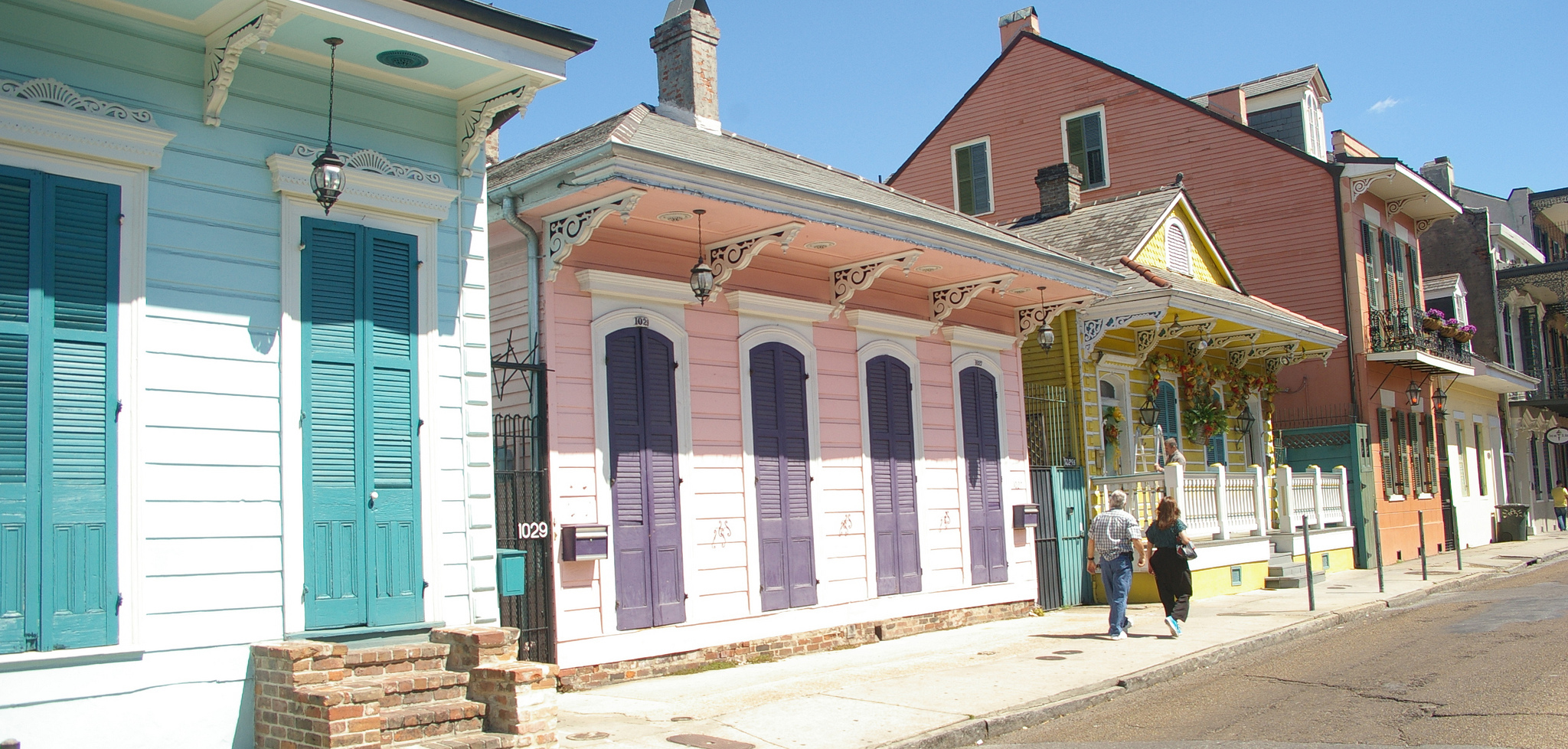New report analyzes New Orleans’ rising rental costs
June 22, 2016

New Orleans has undergone many transformations in the 10+ years since Katrina.
Today, with over half of New Orleans’ residents living in rental housing, and rents rising sharply in many neighborhoods across the city, affordability is becoming an acute problem.
These are the findings of a new independent assessment conducted by the Center for Community Progress and commissioned by the New Orleans Redevelopment Authority. The City is already taking steps to implement the report’s recommendations.
The report is the city’s first comprehensive post-Katrina assessment of its rental housing market. It evaluates citywide and neighborhood-level conditions and trends and, based on those findings, makes a series of recommendations to improve the affordability and quality of rental housing.
Report Findings: Rental Housing Trends
In 2013, according to the report, for the first time since Katrina, the total inventory of rental housing in New Orleans exceeded pre-2005 levels. This revival of rental housing has come largely from rehabilitation of existing properties, as well as a shift in single family properties from owner-occupancy to rental, rather than from new housing construction.
These renters in New Orleans are disproportionately made up of single persons and non-family households, are much younger than the city’s homeowners, and are disproportionately poor. While the median income of homeowners in New Orleans is $57,000, that of renters is less than half that at $24,000, and roughly 30% of all of the city’s renters receive some form of rental assistance.
While the rental vacancy rate fell below 8% in 2013 for the first time since Katrina (below the national vacancy rate), rents in New Orleans have increased markedly since 2012 by 20-25%.
These rent increases have led to the increasing unaffordability of the city’s rental stock. Three out of five renters spend 30% or more of their income on housing costs, the generally recognized threshold for affordability, and two out of five renters spend more than 50%, far more than in the United States as a whole and far more than most of these families can afford. Nearly four out of five low-income, cost-burdened renters in New Orleans are African American households
Report Recommendations
The report recommends four possible public interventions to support rental housing availability and quality in light of the above trends and conditions. These include
Site acquisition and assembly: One of the critical elements in creating additional rental housing, whether subsidized housing or housing built for the marketplace, is the availability of sites that can be readily developed; that is, that are suitably zoned, offer clean title, and contain no other serious impediments to reuse, such as the need for environmental remediation. The City can play a role in increasing land and building availability in three distinct ways:
1) Targeted use of properties in the public inventory to create rehabilitation and development opportunities for rental housing
2) Aggressive acquisition of suitable buildings and sites
3) Use of public funds for strategic assembly of properties
Subsidy: A major challenge facing the City in use of subsidies for rental housing is the reality that they are limited, and that many programs, such as CDBG, have many competing uses. While the City needs to balance the many competing uses for limited resources, increasing the supply and affordability of rental housing should be seen as a high priority among those uses.
Financing: While subsidies are a critical part of increasing the supply of rental housing – particularly affordable rental housing – increasing access to affordable financing is equally important. Developers and owners of rental housing may need a number of different types of financing including:
– Property acquisition and pre-construction loans.
– Construction loans, to cover the period from approval to end of construction.
– Permanent or “take-out” financing, once the project is completed and income is being generated from rents.
– Subordinated debt to fill the gap between loan and equity availability.
– Credit enhancements, such as loan guarantees and other risk-sharing mechanisms
– Subordinated debt, such as “soft seconds”
Regulation:Use regulatory abilities, both existing and new, to create and improve affordable rental housing
– Linkage fees, which are charges for affordable housing on non-residential development linked to the impact they have on the need for affordable housing,
– A vacant property surtax; and
– A rental registry that requires regular health and safety inspections of the city’s rental housing units
NORA is already working to implement the report’s recommendations, which align with the newly released five-year housing plan by the City of New Orleans.
Recent Posts
Get the latest tools, resources, and educational opportunities to help you end systemic vacancy, delivered to your inbox.

